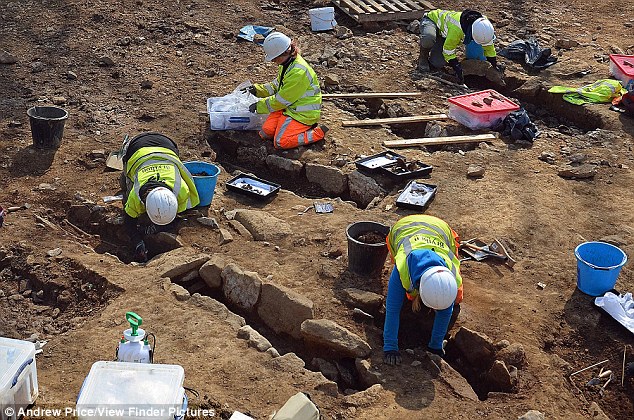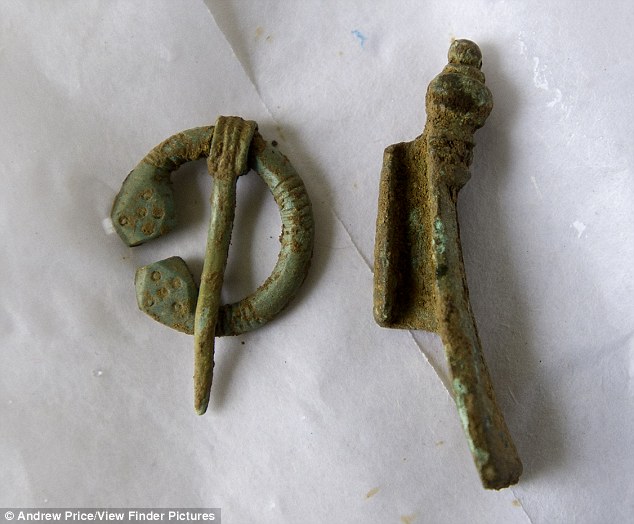First images of bodies found in Anglesey 1,500-year-old graves

First images of bodies found in Anglesey 1,500-year-old graves
Experts have been excavating a 1,500-year-old cemetery on the site of Anglesey’s new Llangefni link road and have discovered 48 graves so far.

A small bronze brooch from the Roman period, pieces of Samian pottery believed to have been brought over from Gaul, France, a brooch clasp, and a piece of a roofing tile that suggests there were buildings nearby are among the other more important discoveries.
The finds, which the discoverers refer to as a “time capsule,” could assist archaeologists in reconstructing the lifestyle of people who lived in the village 1,500 years ago in northwest Wales.
Iwan Parry, of Archaeoleg Brython Archaeology, said: “This is a fantastic find of national importance.
“The manner of how the remains have been preserved is amazing. The soil in north-west Wales is generally very acidic, which means that bones rarely survive, and in a similar cemetery nearby, found during the installation of a water main in 2010, no bones were recorded.

“Here, however, even the delicate bones of the hands and feet are still there on some of the skeletons.
We believe this may be due to the limestone bedrock, into which some of the graves have been dug.
“Through various scientific techniques we’ll gain a better understanding about these people – their health, where they grew up, what they ate and how and when they died.

“Through DNA work, it may also be possible to find out whether they were a family group and whether those buried together were related.
It may even be possible to find out whether they are the distant relatives of people still living in Llangefni today.”